BEAUTY knows no age
Amid a booming market for anti-ageing in India, Shriyal Sethumadhavan explores popular anti-ageing treatments as well as preventative measures and emerging technologies in the field.
Shriyal Sethumadhavan
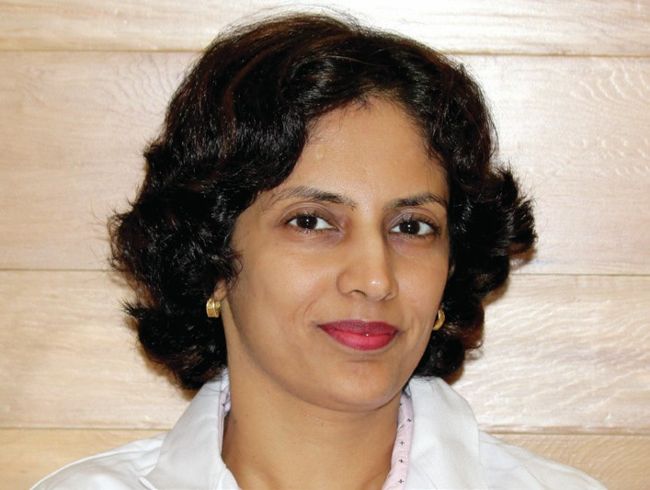
Dr Rinky Kapoor
A s the Indian population continues to age, the demand for effective anti-ageing treatments is on the rise. According to a recent market research report, the market for anti-ageing in India is expected to grow at a CAGR of 10.8 per cent between 2021 and 2026. This growth is driven by a combination of factors, including rising disposable incomes, increasing awareness about the benefits of anti-ageing treatments, and a growing number of dermatologists offering these treatments in their practices.
PREMATURE SKIN AGEING
Premature skin ageing can be caused by various factors including environmental pollution, poor lifestyle choices, and genetics. It can present itself in various ways. Dr Rinky Kapoor, Dermatologist and Cosmetic Dermatologist, The Esthetic
Clinics, shares, “The common signs include greying of hair, wrinkles and fine lines on the skin such as crow’s feet, forehead lines, glabellar frown, nasolabial lines, seeping of the chin sulcus under the lower lip, marionette lines, platysmal bands in the neck, under-eye hollowing or bags, age spots, uneven skin tone, open pores, thinning of skin with prominent veins, sunken cheeks, sagging jowls, loose skin in arms and body folds, and easy bruising of skin.” Additionally, she mentions loss of skin tone and dry skin are also important indicators of premature skin ageing.
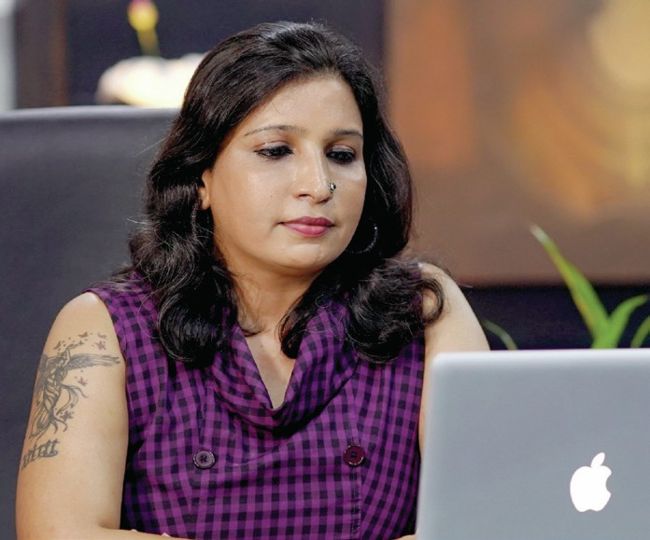
Dr Meera James
Sun protection is also vital in preventing premature skin ageing. Dr Meera James, Cosmetologist and Founder, Beau Aesthetica Cosmetic Dermatology Clinic and Academy, highlights, “After applying all the skin care in the world, if you skip sunscreen, then everything that you are doing is in vain.” She adds that a broad spectrum of sunscreen with SPF 50 or more is essential. “To improve the efficacy of sunscreen, you can apply vitamin C or antioxidant rich creams under the sunscreen depending on your skin type. Reapplying the sunscreen every three to four hours is essential.”
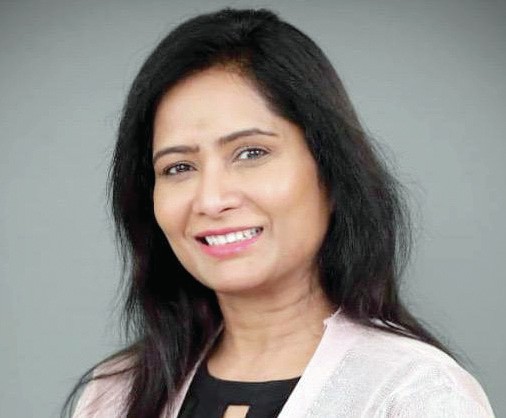
Dr Sudhavani Damarla
POPULAR ANTI-AGEING TREATMENTS
In the quest for youthful and radiant skin and to address the signs of ageing, there are various popular anti-ageing treatments that people seek.
Dr Sudhavani Damarla, Consultant Dermatology & Founder, Sri Skin and Cosmetology Centre, shares, “The most common anti-ageing treatments we perform at my clinic are botulinum toxin injections, hyaluronic acid fillers, and nonsurgical facelifts.” She adds that botulinum toxin injections are popular with patients ranging from 20 to 70 years old for treating crow’s feet, frown lines, forehead lines, and neck bands. Hyaluronic acid fillers are commonly used by all age groups, including younger patients, for under eye corrections and volume loss in the midface, resulting in a redefined and youthful appearance. The third most common antiageing procedure is nonsurgical facelift, which uses radio frequency to provide an excellent facelift and improve skin texture. “Although we cannot reverse ageing completely, these treatments can make patients look significantly younger. These procedures are not permanent, and followup is required after a certain time period.” On his part, Dr Aseem Sharma, Chief Dermatologist, Skin Saga Centre of
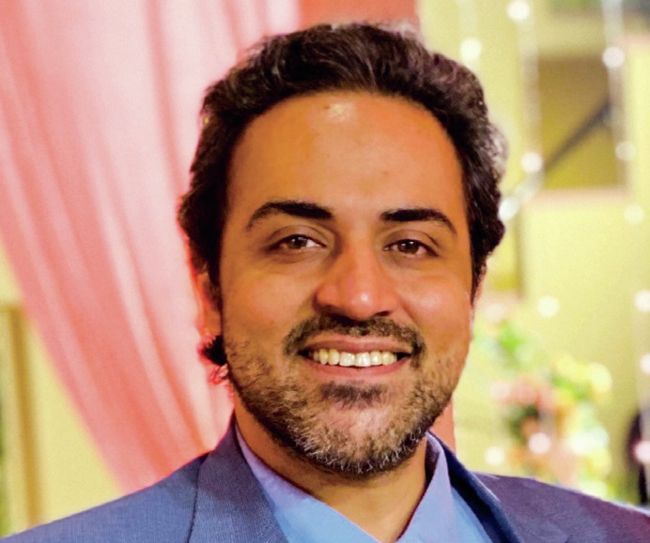
Dr Aseem Sharma
Dermatology, Mumbai, emphasizes that anti-ageing treatments can be classified into invasive and non-invasive categories. “Invasive treatments, such as surgical facelifts, nips and tucks, are well-known. On the other hand, less invasive and non-invasive treatments include procedures, topicals and orals, which are usually given as add-ons to the procedures done for anti-ageing.” In his practice, he recommends botulinum toxin and dermal fillers as the go-to treatments for reducing wrinkles and fine lines. He says, “Hyaluronic acid fillers are most commonly used in India, but other options like calcium hydroxyapatite and polylactic acid-based fillers are also popular worldwide.” He further explains that the aim of using dermal fillers is to restore elasticity, improve hydration, and fill up deep wrinkles, all to confer an inverted triangle shape to the face, which is considered youthful.
Apart from fillers, threads can be used to tighten the skin and lift sagging areas. Mono threads are used for superficial wrinkles, while deeper threads, cogs, double needle threads or barbs are used for deeper wrinkles such as nasolabial folds, jowls, and marionette lines. Chemical peels are also a popular non-invasive treatment, but Dr Sharma notes that deep peels are not commonly used in India due to their potential side-effects. He adds, “Fractional lasers, fractional Radiofrequency, and high-frequency ultrasounds are other noninvasive treatments used in his practice. “High-frequency ultrasound, in particular, is effective for tightening the lower face, which tends to sag earlier in Indians.” He also mentioned that a synergistic approach involving a combination of different treatments is usually necessary for optimal results. Overall, these anti-ageing modalities offer patients a cafeteria approach to choose the best combination of treatments that suit their specific needs.
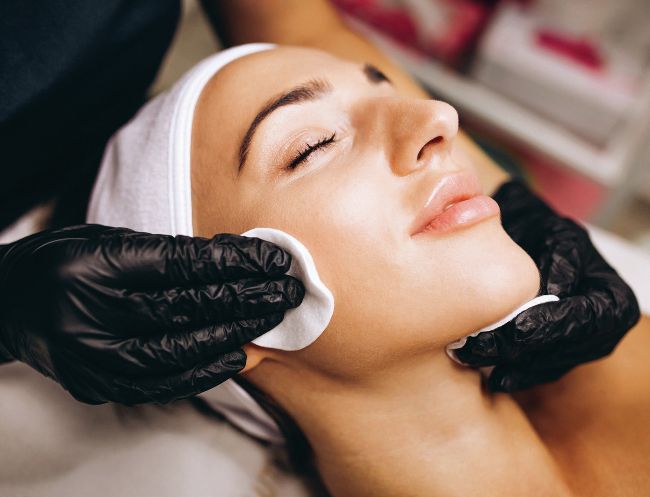
The field of anti-ageing is an exciting one with numerous cutting-edge technologies on the horizon. One such technology Dr Sharma mentions is micro-focused ultrasound, which harnesses the power of radiofrequency and ultrasound to work on multiple depths and produce antiageing effects. He adds another promising treatment is “skin boosters that stimulate the body’s own collagen production. Stem cell therapy, which repairs and regenerates damaged tissue to promote healing, is also being worked upon.” He is particularly interested in using exosomes, which are appendages of cells, to prevent ageing. “Exosomes have the potential to carry DNA from young, healthy cells to ageing cells, thereby preventing ageing.” Noninvasive skin tightening treatments are also available, with newer technologies constantly emerging. However, Dr Sharma highlights, “While anti-ageing supplements that contain resveratrol, collagen, astaxanthin, and other ingredients are being researched, their position in antiageing practice is still unclear. Lastly, gene therapy, which genetically modifies a patient’s genes to promote healthy ageing, is in its infancy but shows great promise for treating a wide range of age-related diseases and conditions.”
EDUCATION AND INFORMATION
Like in the case of all treatments, having a planned approach to patient education and informed consent is important in the case of anti-ageing treatments as well. Highlighting the information Dr Sonia Tekchandani, Consultant Dermatologist, Tender Skin International, typically provides to her patients before they undergo treatment, she shares, “It is important to start by simply understanding what the patient is looking for. Once you have a clear understanding of their goals, you can begin to reassure the patient that they are ageing gracefully and create a treatment plan accordingly.” She further emphasises that before beginning treatment, it is important to provide the patient with key information to ensure informed consent. This includes discussing the nature of the procedure, the potential benefits, and any potential alternatives to the treatment. “It is also important to discuss any potential side effects, so the patient can make an informed decision and avoid mistrust. Lastly, confidentiality should be ensured throughout the entire process to protect the patient’s privacy.”
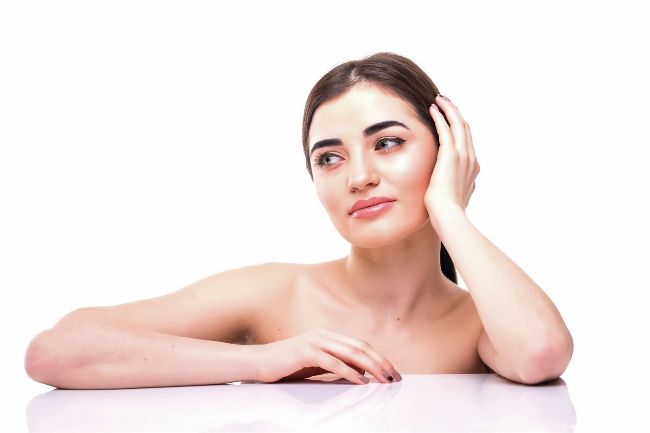
In terms of tailoring anti-ageing treatment recommendations to the individual needs and concerns of each patient, Dr Indu Ballani, Dermatologist, New Delhi, and Consultant Dermatologist, BLKMax Hospital, emphasises the importance of understanding the patient’s needs and budget before planning an antiageing strategy. “Factors such as age, lifestyle, general health status, and skin type, whether dry or oily, need to be taken into account before devising a regimen.” She adds that typically, the rejuvenation aspect on the upper layers of the skin is addressed first, working on cell turnover time and addressing signs of pigmentation or acne if any. “The approach for each individual is tailored differently, with a step-by-step plan designed to augment or restore the aesthetic aspects according to their desire, by performing procedures that improve skin elasticity, tightening, and contouring.”
MEASURING SUCCESS IN PATIENTS
It is important to provide comprehensive care to patients seeking anti-ageing treatments. Dr Sharma believes that follow-up care is not just an afterthought, but a crucial component of the treatment process. He stresses that pre-care is as essential as post-care, and patients should be diligent about their athome routine to achieve the best possible outcomes. “During the prejuvenation stage, patients are started on an anti-ageing routine, including a dedicated sunscreen and moisturizer, and are given actives such as peptides, vitamin C, and retinols. In addition, oral anti-oxidants and skin boosters are given to improve overall skin health.” The success of an anti-ageing treatment can be measured in several ways, including changes in appearance, skin elasticity, skin texture, and pigmentation. Psychological testing and quality of life questionnaires are also utilised to gauge patient satisfaction.
Dr Sharma acknowledges that there is a stark difference between functional and cosmetic treatments. He says, “Functional treatments, such as non-invasive lasers and energy-based devices take time to show results as collagen biostimulation can take up to 90 days postprocedure. Therefore, follow-up care needs to be extended, and long-term plans are created for patients seeking these treatments.” Dr Sharma emphasises that patients must be committed to their anti-ageing routine, including at-home care and regular follow-up visits. By taking a holistic approach to anti-ageing, aesthetic medicine practitioners can help patients achieve optimal results that not only enhance their appearance but also improve their overall skin health and quality of life.